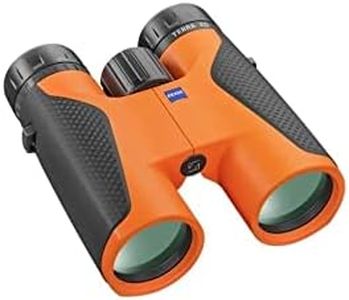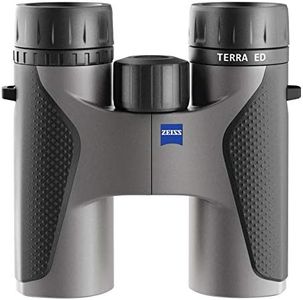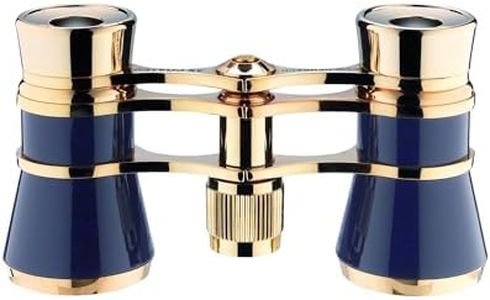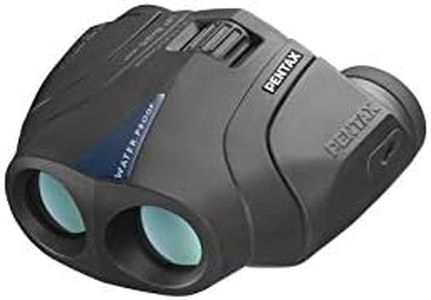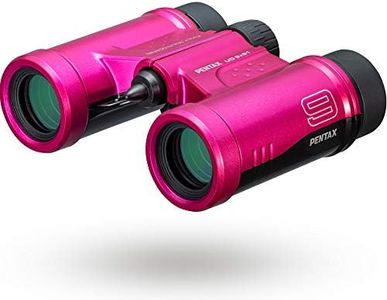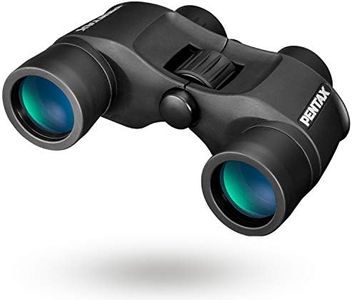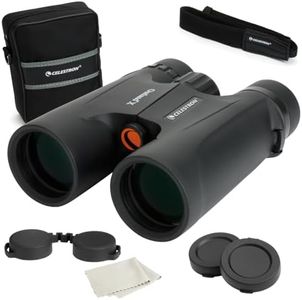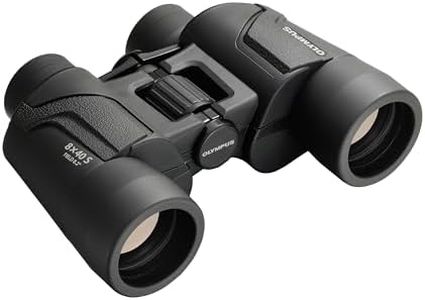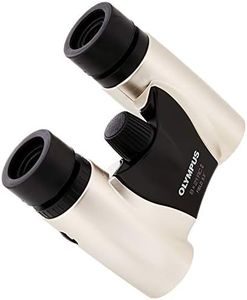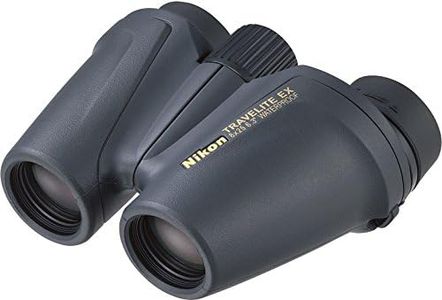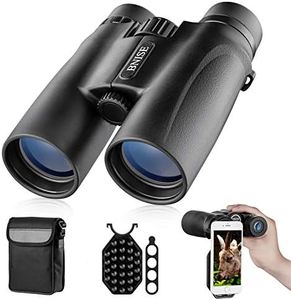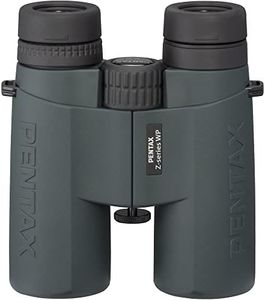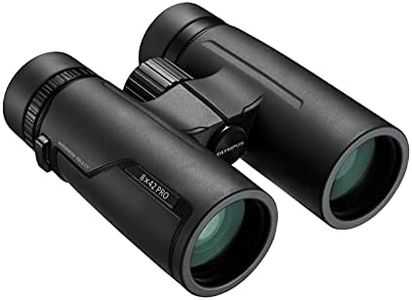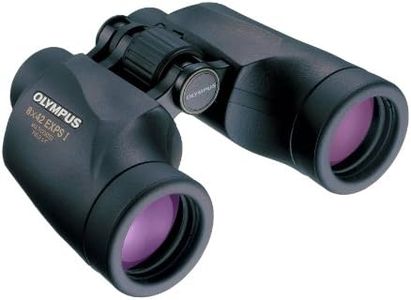We Use CookiesWe use cookies to enhance the security, performance,
functionality and for analytical and promotional activities. By continuing to browse this site you
are agreeing to our privacy policy
10 Best Theatre Binoculars
From leading brands and best sellers available on the web.Buying Guide for the Best Theatre Binoculars
When choosing theatre binoculars, it's important to focus on qualities that enhance your viewing experience in dimly lit arenas and from a distance. These binoculars are specifically designed for indoor uses, such as watching plays, operas, or concerts, where a wide field of view and subtle magnification are key. Understanding the main features will help you select a pair that matches your needs and provides clear, comfortable viewing without being distracting or cumbersome.MagnificationMagnification refers to how much larger the binoculars can make a distant object appear. Theatre binoculars often have a magnification between 3x and 5x, which means objects look three to five times closer than they really are. High magnification is not always better for the theatre because it can actually make the image shakier and reduce the field of view, making it harder to follow the action on stage. For most users, a lower magnification (3x to 4x) is ideal for theatre because it offers steady, comfortable viewing and a broad enough view to see the entire stage.
Objective Lens DiameterThis spec is about the size of the front lenses, usually measured in millimeters. The diameter affects how much light the binoculars can gather; the larger the number, the brighter the image, which is helpful in dimly lit theatres. However, larger lenses also make binoculars heavier and bulkier. For theatre use, lenses between 20mm and 30mm hit the sweet spot—small and light enough to handle easily, yet bright enough for most theatre lighting.
Field of ViewField of view indicates how wide an area you can see when looking through the binoculars, often measured in feet at a specific distance or in degrees. A wider field of view lets you see more of the stage without moving the binoculars around. Binoculars with lower magnification tend to have a wider field, which is preferred for theatre to keep the entire performance in sight. Look for a model with a field of view that lets you watch the whole stage at once rather than focusing on just one actor.
Size and WeightSince you'll likely hold the binoculars for extended periods, it's important they're lightweight and compact. Heavy or bulky binoculars can be tiring to hold and difficult to carry in a purse or pocket. Compact models are easier to handle and less distracting to others in the audience. Aim to choose binoculars that fit comfortably in your hands and can be stowed discreetly when not in use.
Focusing MechanismThe focusing system of theatre binoculars can be either central focusing or individual focusing. Central focusing allows quick adjustment of both eyepieces together using a single wheel, which is more convenient during a live performance. Some very simple opera glasses may have a fixed focus, which means you don't need to adjust at all. If you like to switch your attention quickly or share binoculars with someone else, central focusing is generally the better choice for theatre use.
Aesthetics and DesignWhile not a technical spec, because theatre binoculars are often used in elegant settings, many people care about their appearance. Some models are styled with decorative finishes or even have a handle or chain for easy use. If visual appeal is important for you, consider choosing a design that matches your personal style or fits with formal attire, but always ensure comfort and usability are not compromised by looks.
